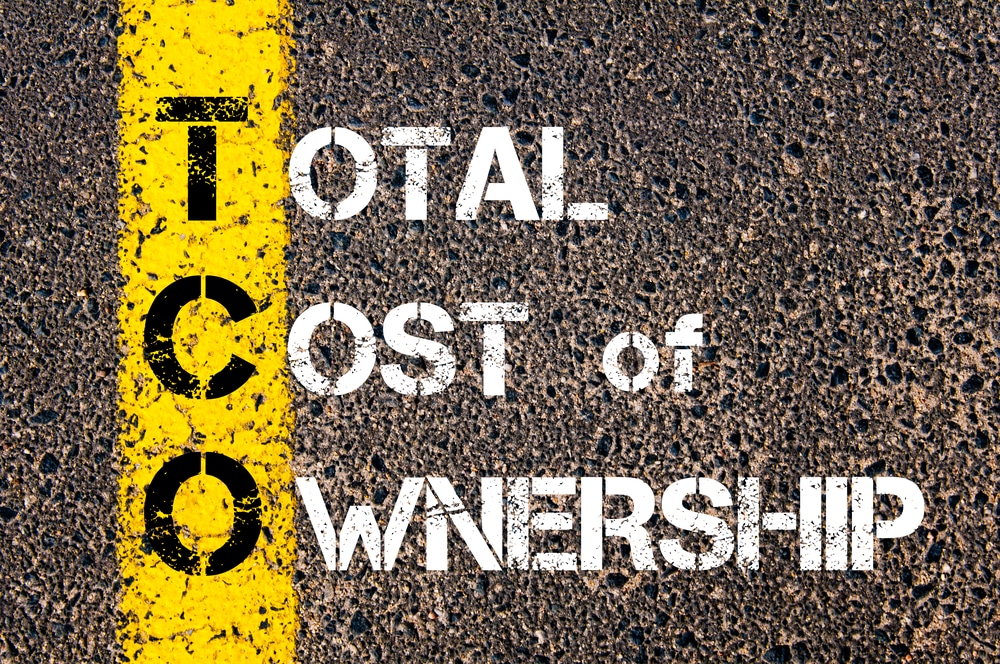Are you tracking the total cost of ownership (TCO) for your supply chain? Most businesses today have discovered the imperative of not only tracking but managing TCO to keep that metric as low as possible.
But, are you including the reverse supply chain when calculating TCO?
You can’t reduce TCO until you truly understand what – and how much – it really is. And, if you aren’t tracking costs from your reverse business, you don’t really know your TCO at all. You’re also missing out on a significant opportunity to take full control of your costs and preserve as much of your bottom line as possible.
Understanding Total Cost of Ownership
Having accurate TCO data provides you with the information you need to establish sales price points, but it also helps you maximize profitability. Once you know what your total costs of bringing a product to market are, you can work on controlling them and, ideally, reducing those costs to increase the bottom line.
To calculate your TCO for a given product, you have to consider all direct and indirect costs to manufacture or procure the product. But you must also consider all the costs associated with the supply chain.
Typically, this might include shipping costs, warehousing costs, handling, order processing, etc. These sums are easily quantifiable, but you should also consider less concrete factors such as opportunity costs, research and development, quality control efforts and any other factors that apply to your specific business model.
Why TCO Must Include Reverse Supply Chain Data
When businesses fail to consider the reverse business cycle in their TCO calculations, they risk compromising their data and coming up short on what the actual ownership costs are.
Consider the resources needed to process returns, shipping costs for returns, warranty repair costs, recycling, restocking, excess inventory needs, potential legal liability, etc. Depending on your business model, you may incur some or all of these expenses, in addition to others that are specific to your operations.
These factors all increase TCO and, unless you calculate and proceed accordingly, these expenses will come directly off your bottom line.
How to Get Control of Your TCO
Businesses often intentionally exclude their reverse business costs when calculating TCO because, frankly, it can be difficult to wrap your arms around. Returns aren’t predictable, they say, or they have too many variables and moving parts to track easily.
The first step to fully understanding how the reverse business cycle affects your TCO is implementing a way to track costs for returns, replacements, warranty repairs and any other aspect of your reverse logistics. Once you have confidence in your data, you can implement strategies to better manage these costs. Eventually, with the insights you gain, you can turn your reverse business into its own profit center.
ReverseLogix provides a comprehensive technology solution that will track every aspect of your reverse business. Our SaaS platform also lets you manage reverse logistics and wring every possible dollar from your return cycle.
To learn more about the ReverseLogix platform, contact us today for a complimentary demo.

